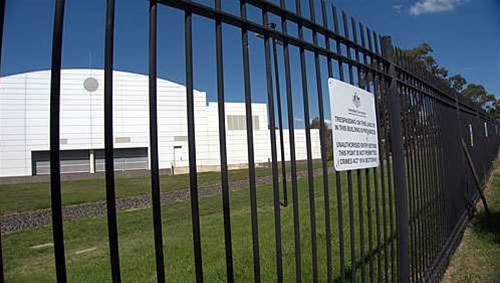The Telecommunications Industry Ombudsman faces an overhaul after the Federal Government questioned the organisation's structure and transparency.

In a final review of the complaints resolution body eagerly awaited by the telco industry, the Government recommended the ombudsman:
- Merge its board and council.
- Increase transparency of board meetings and complaint statistics.
- Gain new powers including the ability to name and shame non-compliant telcos.
The recommendations are aimed at meeting a number of complaints by industry and consumer groups as customer complaints against telcos have risen in recent years.
Communications Minister Stephen Conroy's call for the review in March last year, the first since 2006, came months after rumours of Government intervention into the organisation and coincided with an internally commissioned KPMG review of the TIO.
But the Government review offered the more significant changes of the two, leading with recommendations to flatten its three-tier structure of board, council and ombudsman's office with a unified board and staff.
A unified governance board would remove any bias toward industry in overseeing the organisation; while the council offers equal positions to consumer groups and telcos, the board is currently completely led by industry.
Such a structure would also "ensure diverse and skilled consumer, industry and independent (where appropriate) representation", according to the review.
It would bring the ombudsman into line with its counterparts in other industries, as determined by a set of benchmarks maintained by the Australian and New Zealand Ombudsman Association.
However, recommendations in the KPMG review [summary pdf] indicate pushback to the model, with the consultancy suggesting a radical change to the structure would require significant work.
KPMG instead recommended "non-constitutional changes to the current structure" that would strengthen the organisation's oversight without altering the current industry-led makeup of the board.
Current TIO Simon Cohen said the organisation was gathering views on whether to move ahead with the Government's recommendation.
Statistical transparency
In a significant win for industry, the Government called on the TIO to be more transparent in how it collected and published statistics on consumer complaints against telcos.
The ombudsman said it received 197,682 new complaints across the 2010-2011 financial year, a 17.8 percent increase on 2010. More than half related to mobile services.
Under the review, the organisation would set up metrics to more clearly show the relationship between the number of complaints and the organisation's size, reasons behind complaints and their escalations, and the time taken to resolve them.
The TIO's jurisdiction in the types of complaints it should not be able to handle - such as content and IPTV services - would be clarified as well as the occasions in which a complaint would be handed back to the telco for resolution.
"To improve confidence in the TIO complaint-handling procedures, the TIO should regularly publish information about the performance of its dispute resolution services including compliance with its key performance indicators and outcomes from member/customer satisfaction surveys," the Government noted.
Should the recommendations be adopted - potential requiring legislative changes - they would meet the ongoing concerns of several telcos. These included suspicions of inaccurate complaint statistics, high fees spurred on by the organisation's funding structure and a lack of time to respond to complaints.
The latter complaint in particular had led Exetel to engage the TIO in the Federal Court, a matter later settled in July this year.
However, the call for transparency could bite telcos too, with calls in the review for the TIO to name and shame those telcos that were referred to the Australian Communications and Media Authority (ACMA) for non-compliance with determinations around complaints.
The TIO reported nine referrals to the ACMA during the 2010-2011 financial year.
The review also suggested tighter regulation of participants in the TIO scheme, including the use of licensing or registration from the ACMA for telcos to participate.
A registration scheme would ultimately allow the ACMA to penalise non-compliant telcos without going to court.
"For the TIO scheme to be effective, it is critical that there are sufficient sanctions in place to act as a deterrent to poor conduct," the review noted.
The Government suggested the TIO was on a short chain under current circumstances, with the review suggesting earlier possibilities of subsuming the organisation into the wider Office of the Ombudsman remained an option.
"If the changes sought through this review are not achieved it may be necessary to... increase Government oversight in the TIO scheme in order to ensure that dispute resolution for telecommunications is of the highest quality," it said.



_(22).jpg&h=140&w=231&c=1&s=0)
_(20).jpg&h=140&w=231&c=1&s=0)






 iTnews Executive Retreat - Security Leaders Edition
iTnews Executive Retreat - Security Leaders Edition












_(1).jpg&h=140&w=231&c=1&s=0)



